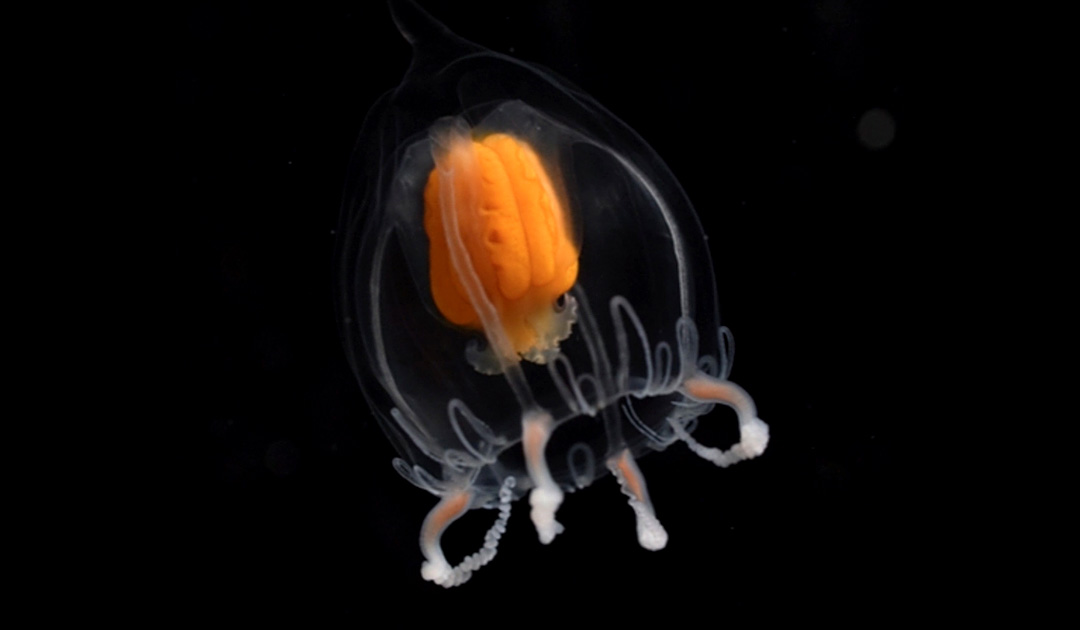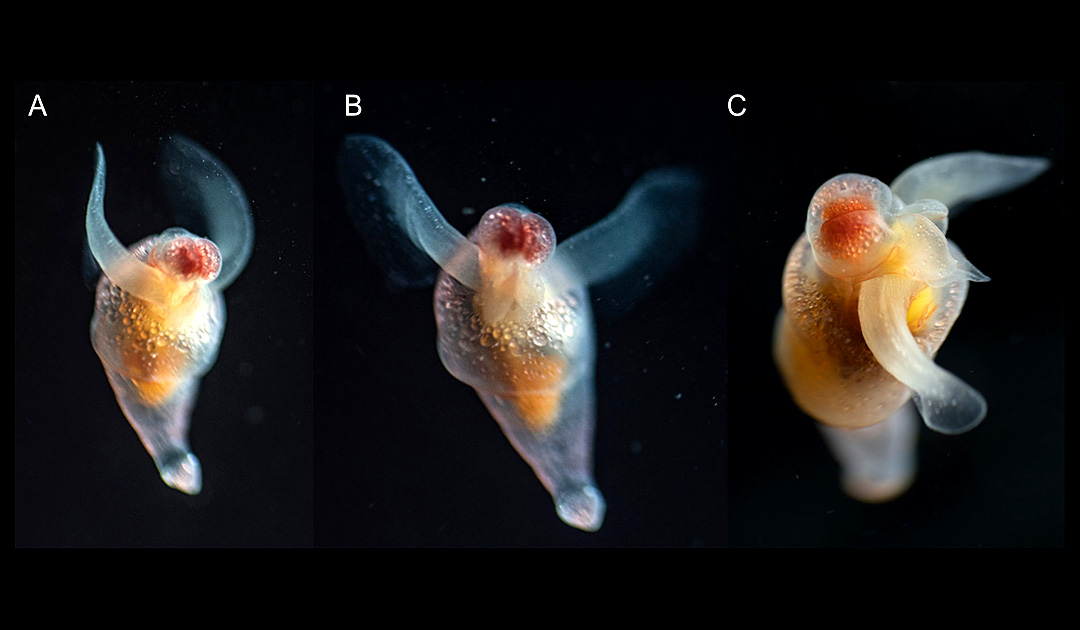
Sometimes scientific discoveries arise from the strangest turns of events. In fact, the jellyfish were discovered by accident. Emiliano Cimoli, co-author of the study and a postgraduate researcher at the University of Tasmania in Hobart, shot the footage in 2018 and 2019 when he was in Antarctica for research. His job, however, was not to study jellyfish or comb jellyfish. Rather, he tested sensor technology to monitor algae living under the sea ice. The short film “Life Beneath the Ice” now shows delicate, illuminated sea creatures in a beauty unknown until today.

In the film, scientist and filmmaker Emiliano Cimoli shows close-ups of jellyfish, comb jellyfish and other soft, translucent marine life in the Ross Sea.
The extraordinary detail in the video allowed researchers to discover a dozen species of gelatinous animals, two species of jellyfish and three species of comb jellyfish still unknown to science, according to a new study. Images from the footage are also used to identify jellyfish species.
The gelatinous, translucent bodies of bizarre sea creatures, illuminated by the twinkling of an inner light, tumble and drift in hypnotic shots taken under Antarctic ice.
Cimoli’s work site was a 2×1.8 meter hole in the ice. A field tent over the opening provided shelter from the wind and cold. Amateur videographer and photographer Cimoli saw this as an opportunity and attempted to use cameras to observe the world beneath the ice. The video now shows that he has succeeded in this. Cimoli shot some sequences from the surface and others with cameras attached to diving robots. This made it possible to film hard-to-reach marine life that can often only be observed in their natural habitat under difficult conditions.

The creatures found in the Ross Sea were discovered near McMurdo Sound in the Southern Ocean. Due to less access to sunlight and far from human civilization, marine life has flourished in this area. Again and again marine biologists from all over the world come to this area to do research. In the underwater world off McMurdo, new species have been discovered time and again in the past that were previously unknown to the world.
The results were published in the Biodiversity Data Journal on 16 August 2021.

Heiner Kubny, PolarJournal
More on the subject:





